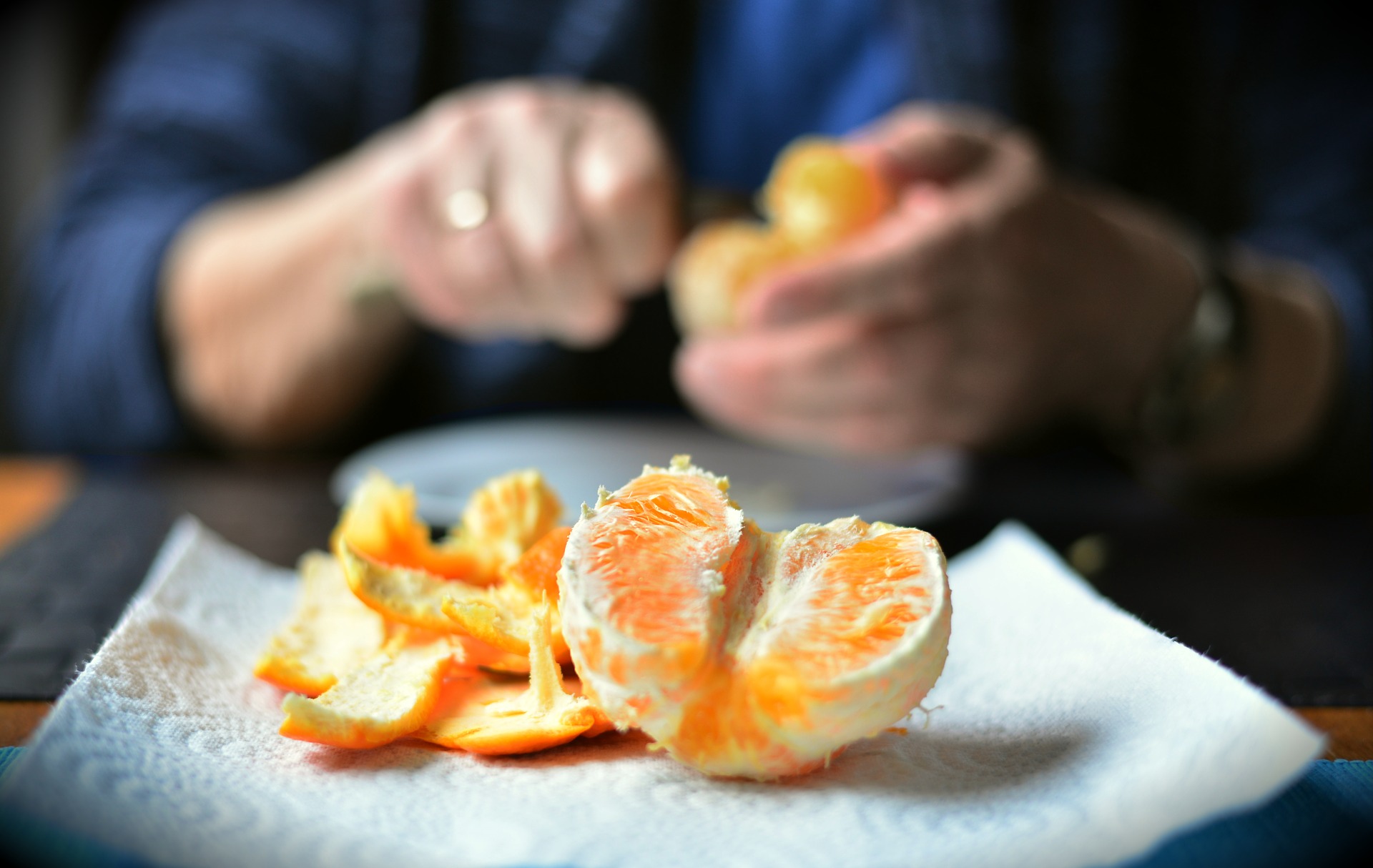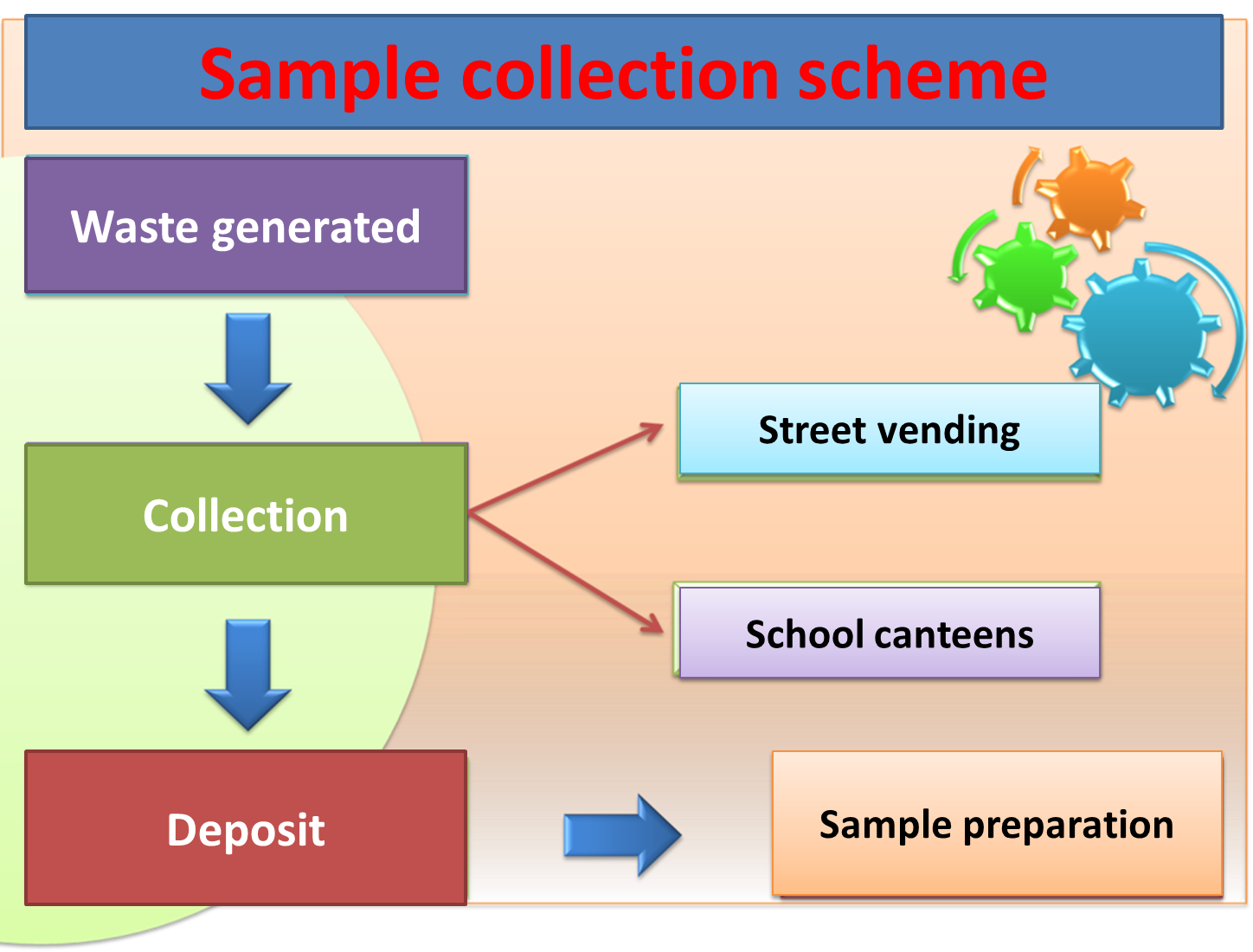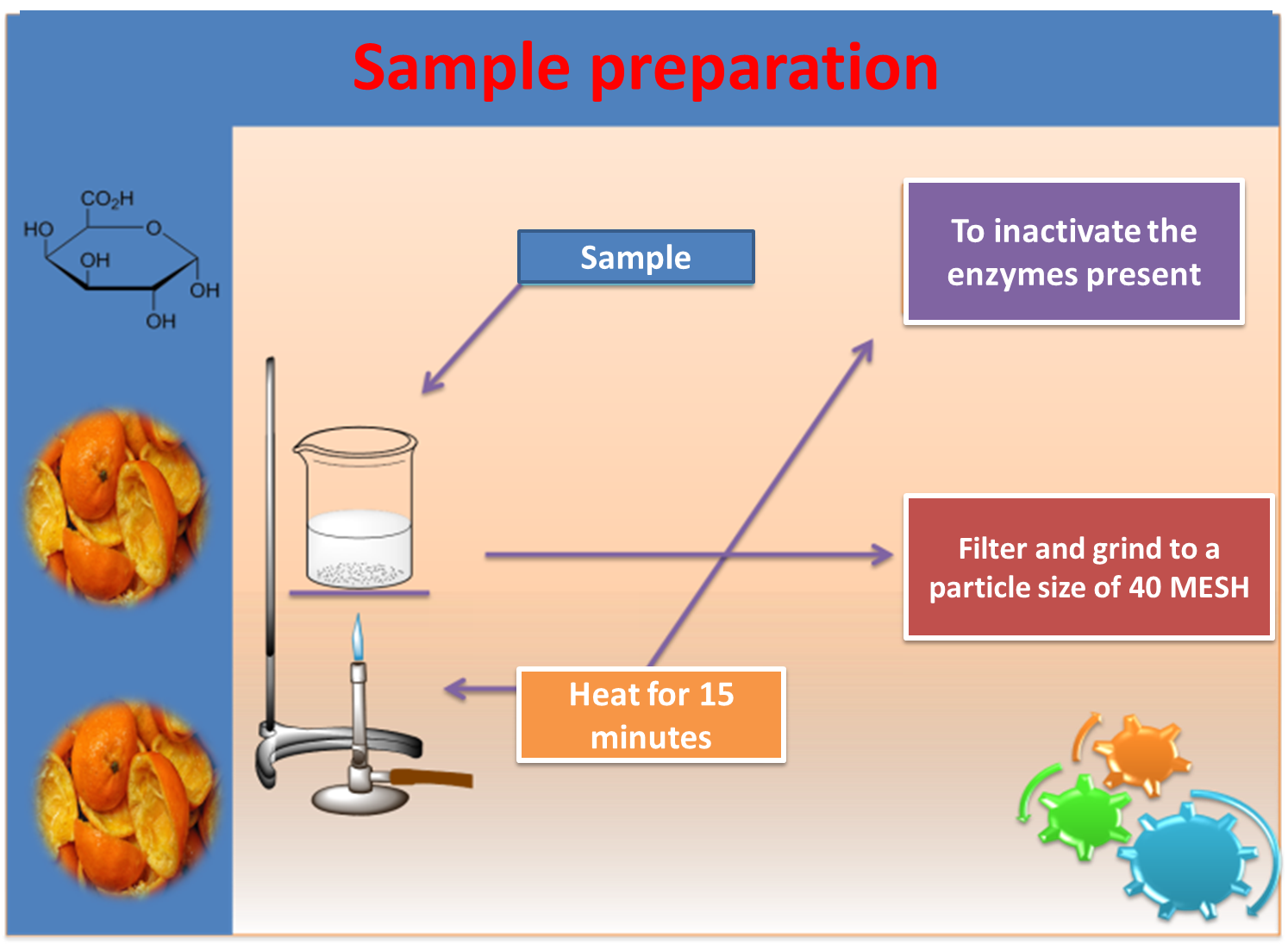
Authored by @madridbg, via Power Point 2010, using public domain images.
Welcome dear readers of the #hive platform, may the present research serve as a practical and methodological contribution that allows the insertion and uses of organic waste in a new system of production and production of products.
In this sense, through this publication we will address the extraction of pectin from orange peels, which are assumed as a pollutant that threatens the aesthetics of the spaces where they are deposited.
So this type of material, descriptive and experimental in nature, will be shared through the @stemsocial community, who have remained at the forefront of this type of topics.
INTRODUCTION
Scientific and technological advances have caused an accelerated and continuous development of humanity, which represents a determining element from the point of view of updating and progress of research to improve the quality of life of society. The agri-food field does not escape this reality and there are increasing investments that governments are making in this field of study, in search of food alternatives that improve the future welfare of the people.
In this sense, in recent decades there has been a massive interest in the residues, wastes or by-products generated in agro-industrial transformations, from which the greatest use or yield is still not obtained, since their nutritional value is unknown and there are no effective methods for their transformation.
In fact, the accumulation of waste is still visible, causing environmental problems, as well as visual contamination of the area where they are deposited, causing the appearance of unpleasant odors and microorganisms that produce diseases in the surrounding communities.
That is why, in the following research, it aims to address a mechanism of reuse of waste (citrus fruit peels) and its inclusion in a new gear production and manufacture of these products. Therefore, the process of extraction and quantification of pectins emerges as a measure that allows to reduce the appearance of waste, as well as to formulate new food products that meet the demands of society.
OVERVIEW OF PECTINS
Throughout this contribution to the subject, we will focus our attention on those basic characteristics and properties that allow us to use pectins in processes associated with the preparation and production of food products.
In this regard, pectins are deposited on the wall or hulls of fruits and are responsible for providing hardness and resistance to them, chemically they are considered as a group of vegetable polysaccharides structured basically by molecules of D-galacturonic acid linked by glycosidic bonds, where some of the carboxyls may be esterified with methyl or in the form of salt. [1].

Fig. 2. Structural representation of pectins. Autor:
SamusAran at German
At the industrial level, these polysaccharides fulfill diverse functions, which is why they can be expressed as a multifaceted product, highlighting their uses as gelling additives, thickeners, emulsifiers, stabilizers, among others. Pectins are used in the preparation of compotes, jellies and jams, to which their emulsifying property is attributed as a result of the formation of gels in the presence of sugars in an acid medium.
Addressing other conceptual perspectives, we realize that pectins are used as fat substitutes for low-calorie foods, consequently, their functionality is attributed to the presence of polar and apolar regions within their molecule, which allows them to be incorporated into different food systems. [3]
According to its extraction process, it is important to emphasize that there are different methods, including some already patented, where the yield is directly proportional to the selected method. In this sense, and in accordance with the needs of this research, the extraction process that we will study is associated with the use of a pre-treatment with ultrasound and acid hydrolysis for its subsequent characterization and use in pasteurized juices.
METHODOLOGIES SUPPORTING PECTIN EXTRACTION
In this section of the research, being methodological in nature, we have made bibliographic consultations in order to standardize a process that is as effective and efficient as possible, so that throughout our research we have found works that serve as conceptual support for the approaches established in this subject, among which are
In this sense, Campos et al. (2016), in their study "Effect of pre-treatment with ultrasound in the extraction of pectin", the authors determined that the appropriate conditions in the extraction of pectins is at pH of 2.8 and temperature of 90°C, where the ultrasonic action, causes a macro turbulence and collisions of interparticles; managing to extract high quality pectins.
Chávez (2011), in his work on pectin extraction from "Criollo orange" peel using the acid hydrolysis method, determined that using a pH of 2.0 in acidified water and a temperature of 90°C, the best percentage of pectin yield is obtained.
Both investigations are important for this project, because they provide theoretical and practical foundations leading to the extraction of pectins from different fruits.
METHODOLOGY SUGGESTED ACCORDING TO THE THE THEORETICAL REVIEW CARRIED OUT
As already mentioned, the importance of this study lies in reusing the waste generated (fruit peels) and its incorporation into a system for the production of new materials (pectins as additives) that will be used for food purposes, (emulsifiers, stabilizers and substitutes for substances with little nutritional value), meeting the demand for these products and generating a decrease in costs, quantity of waste and guaranteeing the obtaining of these additives through alternative methods to industrial processes.

Fig. 3. Orange peels as a raw material for obtaining pectins. Autor:
congerdesign
In this sense, we have developed a methodological sequence that will allow us to meet short, medium and long term goals, which we will describe below:
ABOUT THE GENERAL OBJECTIVES SET OUT
1. To extract pectins from citrus fruit wastes, to be used as additives in food products (jams, jellies), among others.
ON THE SPECIFIC OBJECTIVES
1. To determine the optimal conditions for pectin extraction, using the acid hydrolysis method of citrus fruit peels.
2. To physicochemically characterize the pectin extracted from citrus fruit peels produced and extracted by the applied method.
3. Compare the yield of extracted pectins, using the methods of direct acid hydrolysis and ultrasound pretreatment.
4. To sensorially evaluate the organoleptic characteristics of the product prepared based on the pectin extracted from citrus fruit peels by the methodological procedure suggested in this topic.
ON MATERIALS AND METHODOLOGY
In order to instruct the reader and generate a sustainable sequence in the treatment of the process we have designed the following methodological route that allows us to apply the extraction of the obtained pectin.
Step 1: In this part we will perform the collection of waste, the same will be deposited in a suitable place to then be subjected to a process of sample preparation.

fig. 4. Waste collection and preparation . Authored by @madridbg, via Power Point 2010.







